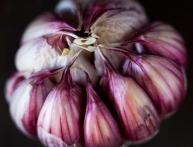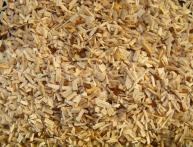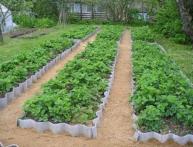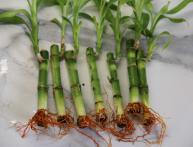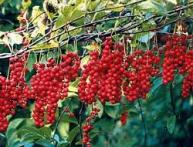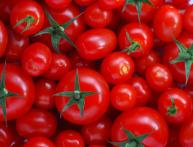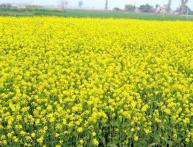Preparing onions for planting
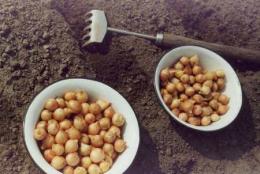
If potatoes are the queen of our fields, then onion, undoubtedly, the count of the entire garden. Few of the summer residents and people living in rural areas have had to plant this ubiquitous and necessary plant everywhere. After all, it is present and in salads, and in soups, and in stews, and in preserves...And always brings great taste and benefits for the human body.
Preparing onions for sowing seeds are produced two months earlier. In order to check the seeds for germination, they keep for two to three weeks wrapped in a damp cloth. Take this package and place it in hot water for 10 minutes, and then in cold water for another minute. This procedure protects the seed from fungus.
If you are preparing onion sets, you need them pre-sort from spoiled onions and possibly warm them up. Before boarding it is recommended cut off the dry neck, but this must be done extremely carefully so as not to damage the sprout. Then hold it in a nutrient liquid (slurry) for a while and rinse it in a solution of potassium permanganate (or copper sulfate).
When preparing to sow onions (with seeds or sets), you need to take into account that this crop, although not too demanding of heat, is at first it really needs moisture. This does not mean that it should be planted in cold, damp areas (in this case it has every chance of getting sick), but it does mean that it needs to be well watered for a month or two.
Besides onions do not like heavy acidic soil. It is best to plant it after tomatoes and cucumbers, but it can also be planted after beans, potatoes, and cabbage.It is advisable to do a sewing change annually. Onions for feathers are less demanding on conditions than onions for turnips.

